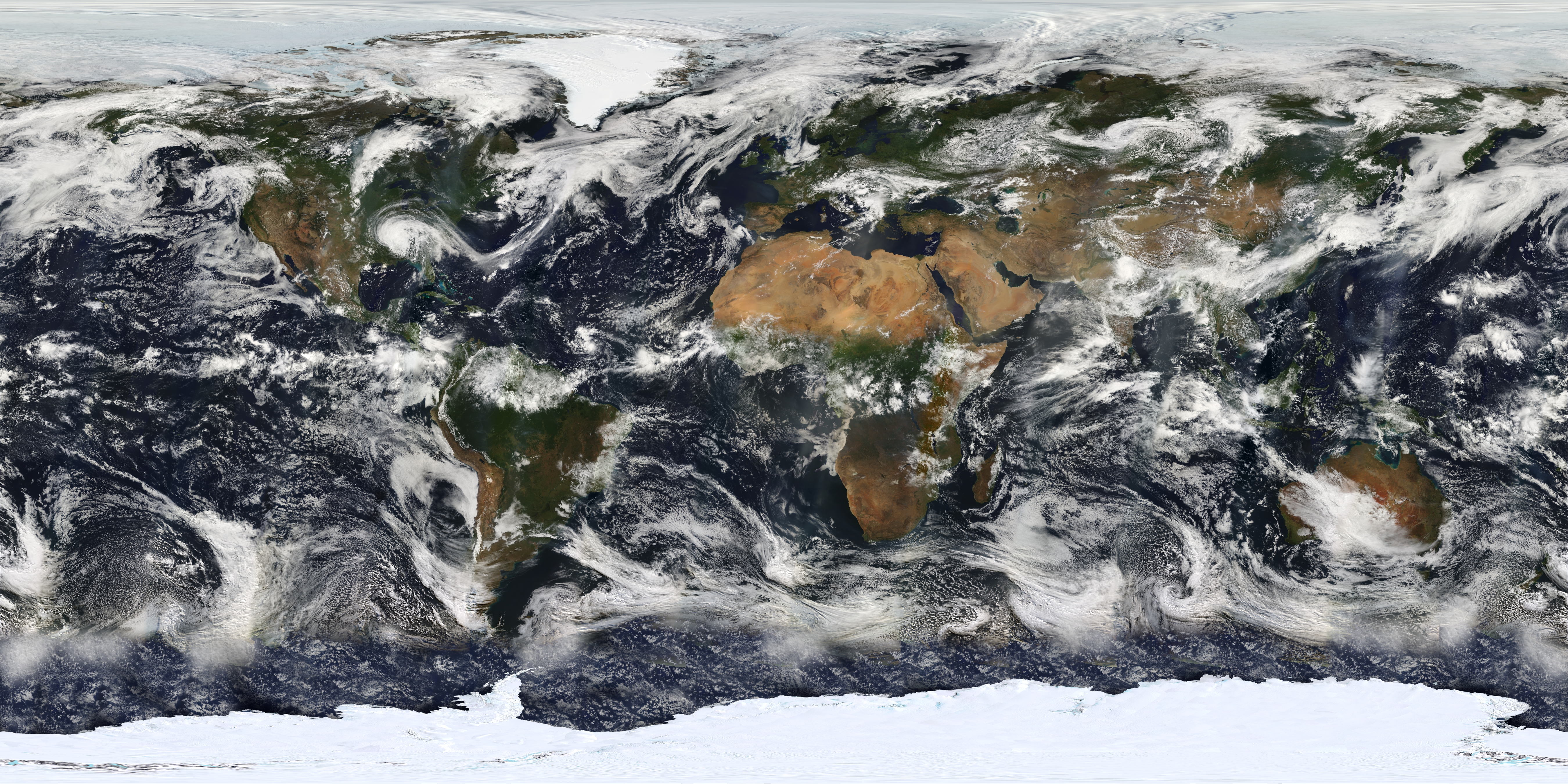Chapter 15 – Cultural Evolution and Genetic
Evolution: Parallels

What
makes the earth’s biomass—its living ecosystem—so different from any other
entity we have discovered in the universe so far is the way the whole
interconnected system tends to keep becoming more in its mass and in the space
it occupies as we move forward in time. All other entities in the known
universe shred and spindle out across the time axis. But life on this planet
has formed a system of fibers that somehow keep pulling in more matter and energy,
trapping them, organizing them, and using that mass to keep making ever
increasing amounts of living matter.
The
kinds of forces that somehow create life, this anti-entropy pattern in the
flows of matter, are still poorly understood—at least by us. There are programs
written into the matter in the strands, codes that tell them how to make life
expand instead of dwindle, shred, and fizzle out. We know that the main program
for most of the species on earth is the one written in DNA, the basic molecule
in the genetic system of life‘s programming.
But
in the case of one living strand, namely, that which composes the human
species, the main programming mechanism uses not copies of a code written in DNA
molecules, but small coded energy exchanges (words, gestures, etc.) between fibers
in the (human) strand to upload a nimbler program, the one that we call culture. Note that this metaphor of
threads and weaving tries, inadequately, to portray a miracle. Life goes
against the natural flow of entropy, the normal flow of the universe. Life
shouldn’t be, but there it is. Even though we can’t say precisely how or why it
is, we have to get on with it.
The
model is an inadequate one, but then so are physicists’ models of matter and
energy. All models used in the sciences prove limited. Electrons are not tiny
bullets, even though that’s how they’re portrayed in high school physics texts.


We now need to stress the view implied by the
cultural evolution model that says values are designed, by the pressures of
evolution, to respond to what is real. Living matter, with humanity as an ever-growing
strand within it, moves forward through time not randomly, but in certain
patterns. Just as electrons may inhabit only certain energy shells around a
nucleus and iron filings scatter about a magnet oriented along the lines of
force the magnet’s field has created, so protoplasm moves forward through time
only in those channels of energy flow that suit it and its ways of existing and
enduring. Living creatures’ genetic programs—and, in the human species,
cultural programs—make it possible for us to find and widen the life-suitable channels
through the physical universe. Or in short, we learn from our parents and
mentors the skills and knowledge we need to preserve ourselves and our
homelands and to find/make new ones.

NASA artist’s imagining
of first humans on Mars approaching old Viking lander
There
are patterns here. We have decades of research in evolutionary sociology ahead
of us, designing models of cultural evolution, testing them against history,
then planning—jointly, as citizens of a democracy—how we may best use the
knowledge gained to consciously shape our behavior patterns and those of our
children, in ways that will maximize our courage, wisdom, freedom, and love and
so lead to our making ever-expanding biospheres, on earth and beyond.
However,
accepting that there are patterns to human cultural evolution and that it is
not random has enormous implications before we even begin our research. If this
model of reality is roughly correct, time can be viewed from outside of time as
a kind of field. In order to survive and flourish, all living things must
practice behaviors that steer them into the life-sustaining, Goldilocks zones of the energy streams
(not too hot or too cold, not too fast or too slow, not too massive or too
small). The best values codes steer us into patterns of group movement that
maximize our survival probabilities. At this early stage of our history, we don’t
understand and don’t see down the path to survival very well. But we can see
that the largest of these patterns are the ones we describe with the terms freedom, love, courage, and wisdom.
Past, Present, and Future, by Mark Stolk
No comments:
Post a Comment
What are your thoughts now? Comment and I will reply. I promise.